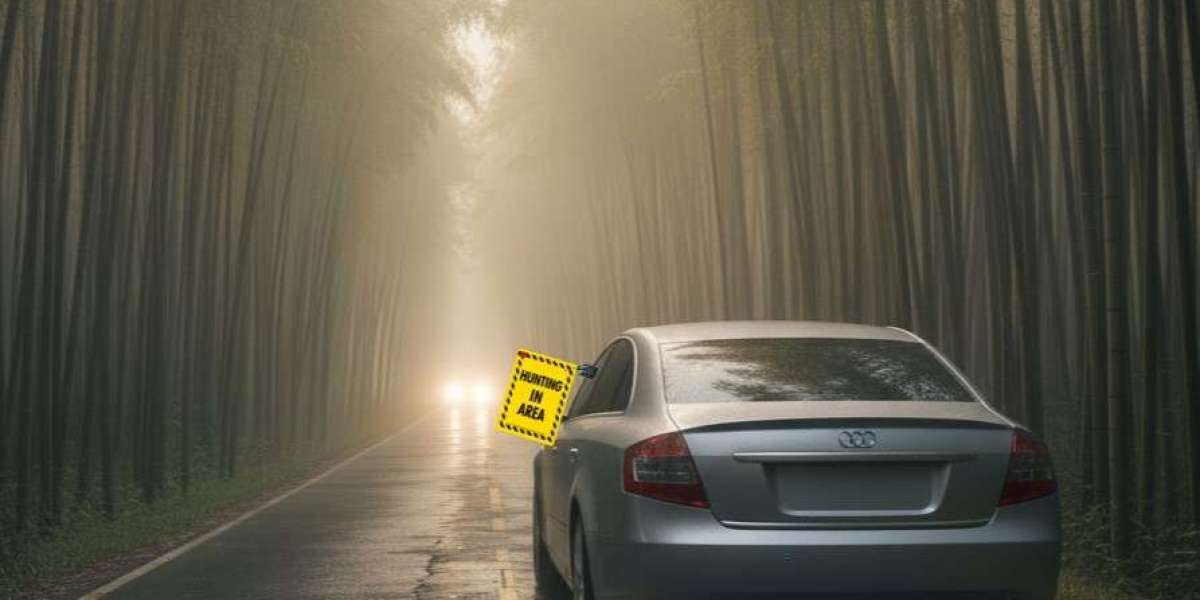Strobe lights are an intriguing technology that has found use in diverse applications, from entertainment to scientific research. Their characteristic flashing or pulsing effect is more than just an aesthetic choice; it is rooted in the principles of light and perception. Understanding the science behind strobe lights helps us appreciate how they work and why they are used in such a variety of fields. From creating dramatic effects in concerts to aiding in motion capture for sports science, strobe lights serve both practical and artistic purposes.
What Are Strobe Lights?
A strobe light is a type of lighting fixture that emits regular flashes of light. These flashes occur at a very fast rate, which is measured in terms of frequency, typically in flashes per second (Hz). The strobe light operates by discharging a high voltage across a gas-filled tube or a similar mechanism, producing a burst of intense light. When compared to regular lighting sources, the light intensity of strobe lights can be extraordinarily high, but the duration of each pulse is short. This rapid flashing is what gives strobe lights their distinctive effect.
Strobe lights were first used in the 1930s, primarily for scientific purposes such as studying the movement of objects and measuring the speed of machinery. Over time, their popularity grew in fields like entertainment, photography, and even safety applications. Today, strobe lights can be found in nightclubs, on emergency vehicles, at sporting events, and even in scientific experiments. But what makes strobe lights so effective in these areas?
The Physics of Strobe Lights
The core principle behind how a strobe light works is rooted in photon emission, specifically the emission of photons at intervals. Inside the strobe light, there is a gas or a solid-state component that, when energized, produces photons in the form of brief bursts. The rate at which these bursts occur is controlled electronically and can vary depending on the specific application.
The duration of each pulse is often very short, measured in microseconds, while the intervals between each flash can range from a fraction of a second to several seconds. This results in a series of rapid pulses that are perceived by the human eye as a flashing light. Because the flashes are so brief, the human eye has difficulty perceiving continuous light, and the effect produced can create a stroboscopic illusion, where objects appear to freeze in time or appear to move in a jerky, disjointed manner.
Why Does the Human Eye Perceive Strobe Light as Flashing?
The phenomenon of temporal persistence is key to understanding how strobe lights affect human perception. Our eyes can only process light continuously up to a certain speed, typically around 50 flashes per second. When the frequency of the flashes exceeds this threshold, the brain perceives the flashes as separate events, making it seem as though the light is continuously flickering. This effect is used in entertainment, such as creating dramatic effects in dance performances or music videos, where the flashing creates an illusion of motion or freezing.
Applications of Strobe Lights
Entertainment and Music
One of the most common uses of strobe lights is in the entertainment industry, particularly in clubs, concerts, and music festivals. The flashing lights create an electrifying atmosphere, intensifying the visual experience for the audience. Strobe lights are often synchronized to the beat of the music, which can enhance the overall sensory experience, engaging the audience both visually and emotionally. In this context, the lights serve not only as a visual stimulant but also as a tool to influence the pacing and energy of the event.
Emergency and Safety Use
Another important application of strobe lights is in emergency signaling. Flashing strobe lights are used in ambulances, police cars, and fire trucks to alert pedestrians and other drivers to the presence of these vehicles. The intense, attention-grabbing effect of strobe lights makes them ideal for this purpose, as they can be seen from long distances and in low-light conditions.
Additionally, strobe lights are also used in safety mechanisms in factories and other industrial settings. These lights can signal dangerous conditions, alerting workers to evacuate or take precautions. Their high visibility and ability to cut through environmental noise make them highly effective in these scenarios.
Motion Capture and Sports Science
Strobe lights are also used in motion capture technology. In sports science, strobe lights help to freeze motion in a way that allows researchers and analysts to examine the movements of athletes in minute detail. By freezing motion at precise intervals, researchers can better understand biomechanics and improve athletic performance. Strobe lights are also used in other motion tracking systems, such as in the study of the movement of mechanical parts in machinery.
Photography and Cinematography
Photographers have long relied on strobe lights to create specific lighting effects. These flashes of light can illuminate subjects in dark environments, or they can be used creatively to capture motion or freeze action. Strobe lights in photography can illuminate a scene almost instantaneously, which is why they are often used in sports photography or any situation where fast-moving subjects need to be captured in sharp detail.
The Science of Safety: Why Strobe Lights Are Effective in Certain Environments
The bright, fast-paced flashes of strobe lights are not only visually striking, but they are also effective in grabbing attention. This makes them ideal for use in high-stress or high-risk environments. For example, in night driving or during adverse weather conditions, the flashing of strobe lights can help ensure visibility and alert others to potential hazards.
Moreover, strobe lights can be particularly useful in situations requiring an immediate response. Their sudden intensity can signal urgency, triggering a more prompt reaction from observers. This feature is why strobe lights are commonly used in emergencies, such as medical crises or fire evacuations.
Conclusion: Why Strobe Lights Matter
Strobe light may seem like simple tools used for creating visual effects, but they are built on sophisticated science and have practical uses across various industries. From entertainment to safety, and even scientific research, strobe lights are indispensable for creating the desired effect or ensuring visibility in critical moments. Their rapid flashes, driven by principles of light emission and human perception, continue to captivate and serve essential purposes, making them an enduring and essential technology.








